
Don’t overreact, keep your options open and develop off-ramps so you’re prepared regardless of the changes to come with AI.

Don’t overreact, keep your options open and develop off-ramps so you’re prepared regardless of the changes to come with AI.
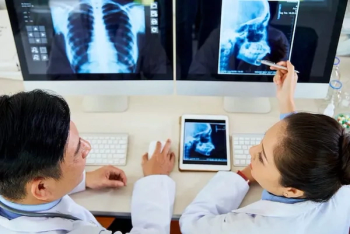
In lieu of compensation bumps and increased PTO, awareness of a points-based system for job performance may provide an alternate motivational spark.

Catch up on the top radiology content of the past week.

Catch up on the most well-viewed video interviews from Diagnostic Imaging in November 2025.

Catch up on the top AI-related news and research in radiology over the past month.

In a recent interview, Nina Kottler, M.D., discussed key trends that are leading to a renewed focus on improved enterprise imaging platforms and the potential promise of integrating Cognita Imaging’s Mosaic Drafting vision language model technology into the MosaicOS platform.
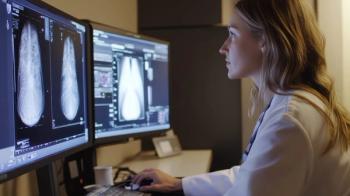
Exploring ways to bolster efficiency in an ongoing manner can help mitigate the strain of burgeoning worklists and improve morale.
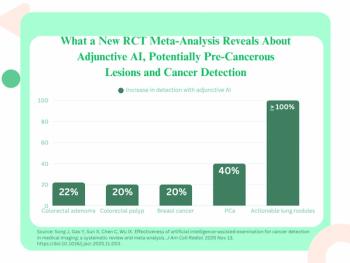
Use of AI provided a pooled 22 percent increase in adenoma detection but no significant impact for advanced adenomas, according to an analysis of 39 randomized controlled trials examining AI’s impact in detecting colorectal cancer.

There are no modifications to the order when it comes to CMS and insurance company criteria for reimbursement.

Catch up on the top radiology content of the past week.
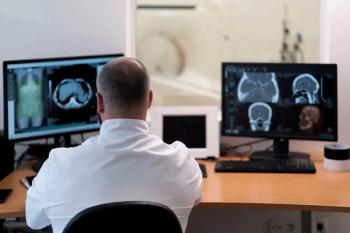
The Harrison.ai Open Platform reportedly emphasizes open architecture, customer ROI and elimination of costly AI platform fees.

One can rail about the forces that resulted in an undesirable status quo direction or take a more active role in grabbing the steering wheel.

Catch up on the top radiology content of the past week.
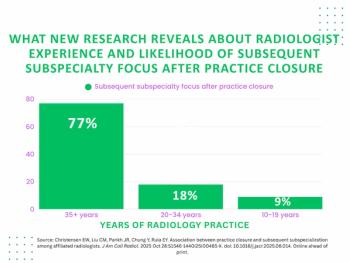
Radiologists from closed practices were 10 percent more likely to practice as subspecialists the following year, according to a newly published analysis.

Expanded capabilities for the Sirona Advanced Imaging Suite reportedly include quantitative SUV analysis and multiplanar reconstruction for PET/CT imaging.

Through the use of a multimodal system, Viz Assist provides generative AI summaries of patient histories that may ehance care coordination and facilitate more timely interventions.

Seemingly over the top efforts for recredentialing of radiologists may have an adverse impact on a facility’s retention and recruitment.

Catch up on the top radiology content of the past week.
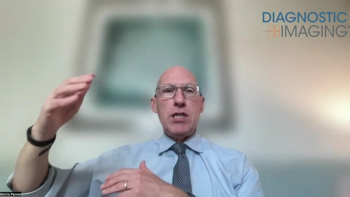
Through enhanced data interoperability and access to patient histories, the cloud-based InteleHeart may facilitate better communication and workflow efficiencies for radiologists and cardiologists.

The unforeseen impact of multiple variables has a way of wrecking any formal analysis of different compensation offers in radiology.

In a recent interview, Morris Panner offered his perspective on cultural hurdles to interoperability in health care, emerging trends with enterprise imaging and an answer first approach to integrating AI in radiology.

Catch up on the top radiology content of the past week.
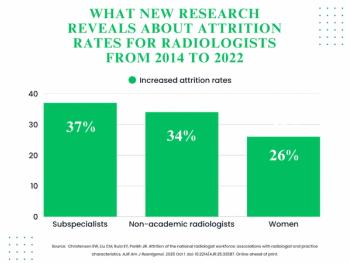
New research shows that women, subspecialists and radiologists in non-academic settings had over a 25 percent higher attrition rate in radiology in comparison to men, general radiologists and academic radiologists.

Through the shifting goals, motivations and struggle for work-life balance, do we ever achieve true satisfaction or just level up for the next set of challenges?

Encouraging an environment of civility and trust on the social media platforms in radiology may help open more doors for the profession.
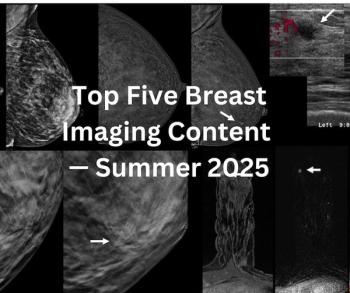
From emerging research on disparities in breast cancer screening to the promising combination of contrast-enhanced mammography with DBT and a three-part podcast on abbreviated breast MRI, here is a look back at the most well-reviewed breast imaging content of the summer.

Emerging cloud and AI-driven technologies may help address resource gaps, bolster consistent imaging quality and provide improved access to radiology services.
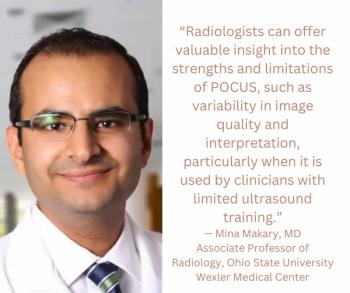
While the research reveals key benefits with portable imaging, particularly point-of-care ultrasound applications with AI capabilities, these authors note challenges with variability in training and advocate for radiologist-led oversight.

Amid the worsening imbalance of supply and demand in radiology and concerning scope of practice issues, one must keep in mind that course correction is often gradual in nature.
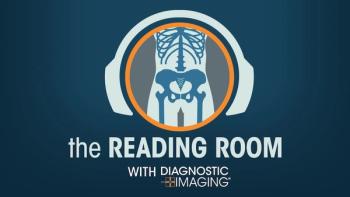
In a new podcast, Krishna Nallamshetty, M.D., shares his thoughts on key contributing factors to burnout in radiology, and discusses practical approaches and emerging technology that may help mitigate the issue.